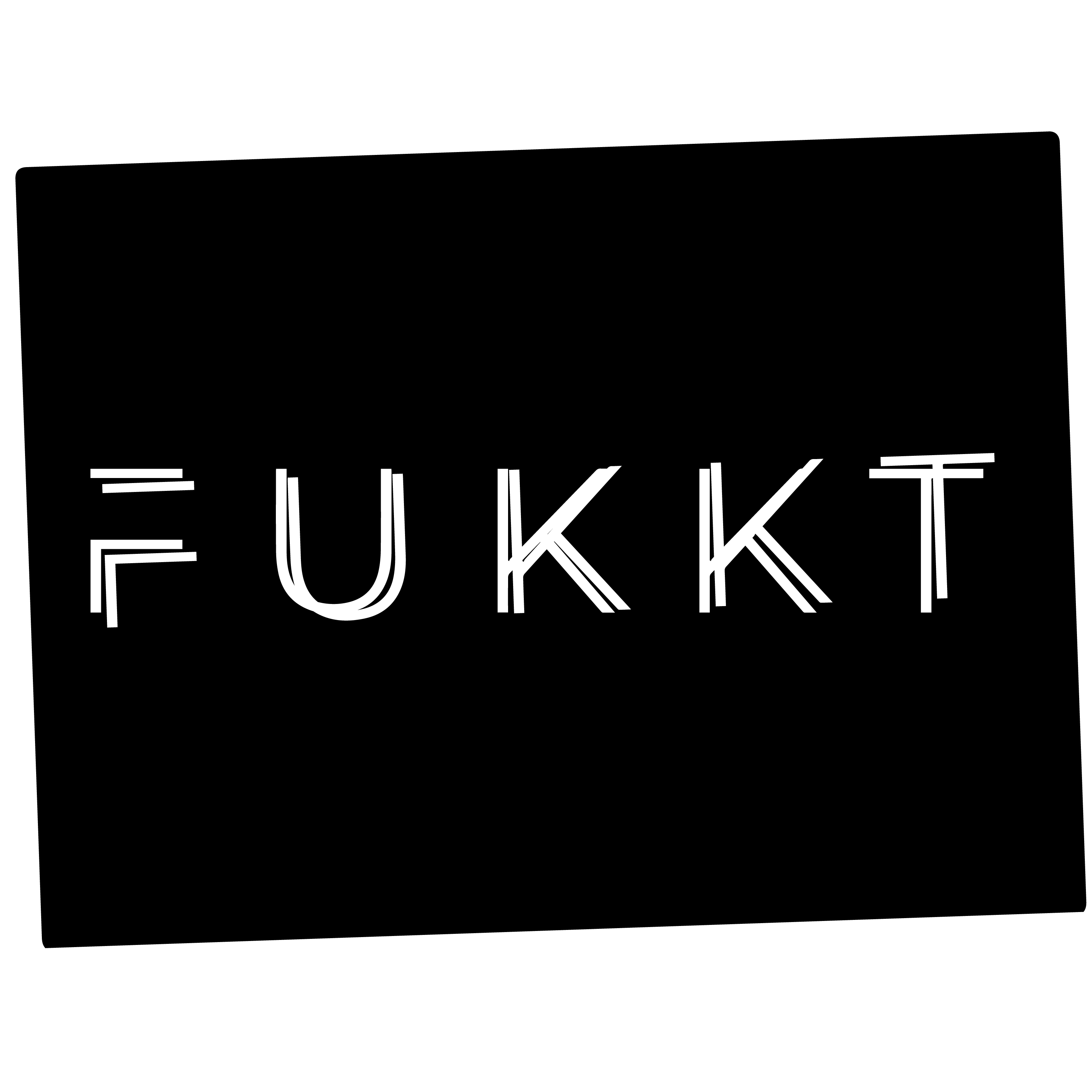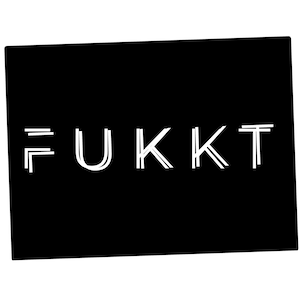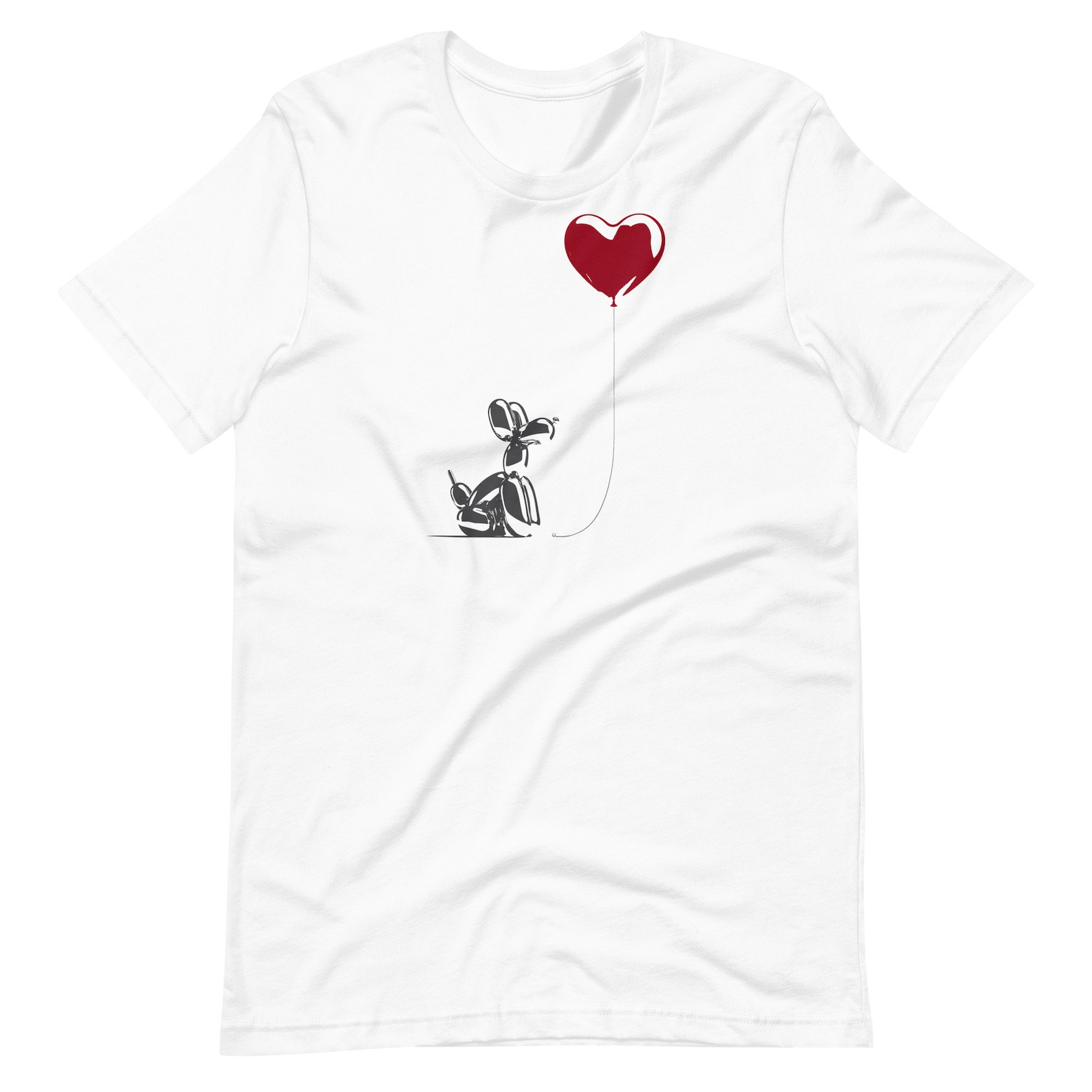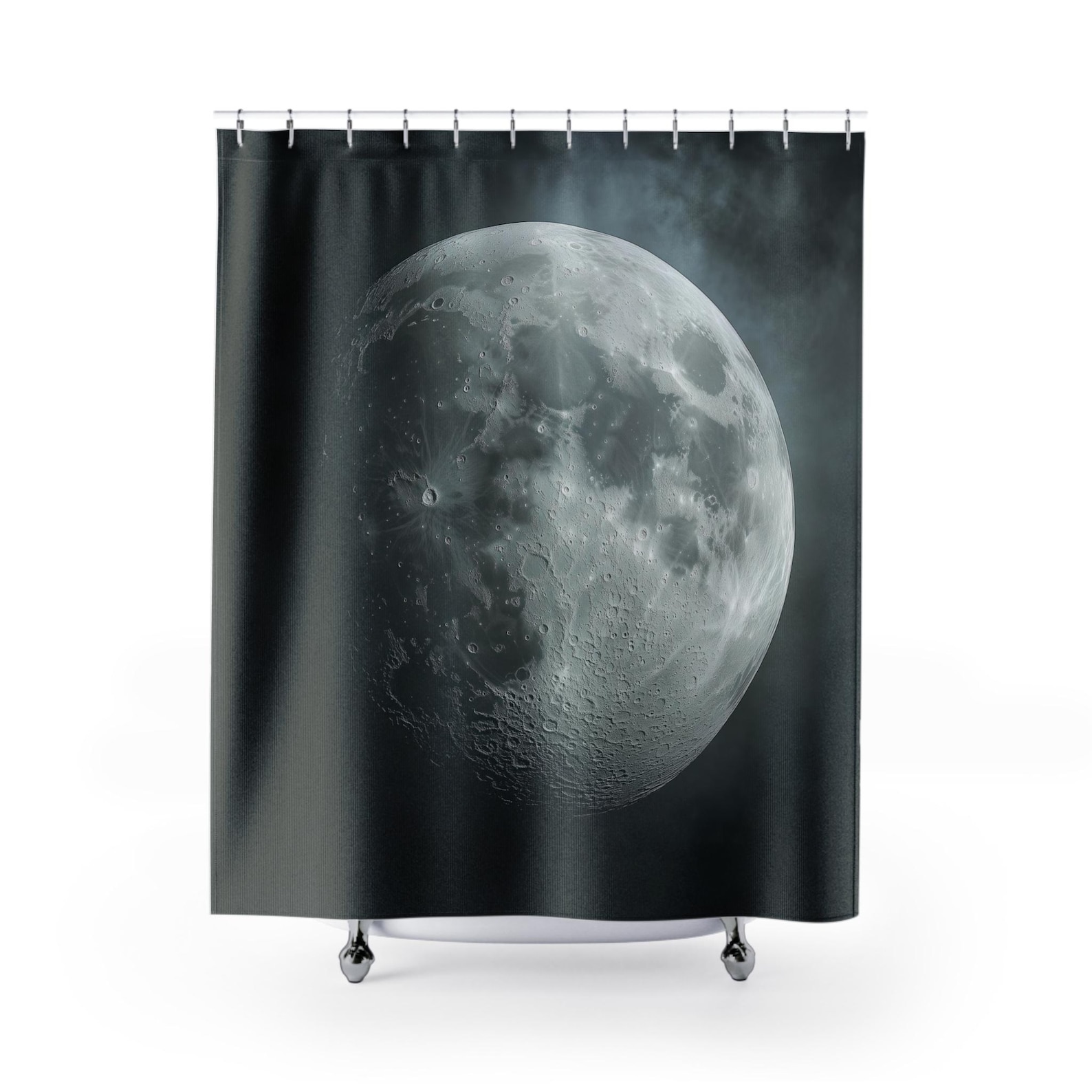From blank page to concept: A quick guide to sparking your next art idea
Staring at a blank page can be daunting for any artist, but with the right approach, you can turn that empty canvas into a source of inspiration and creativity.
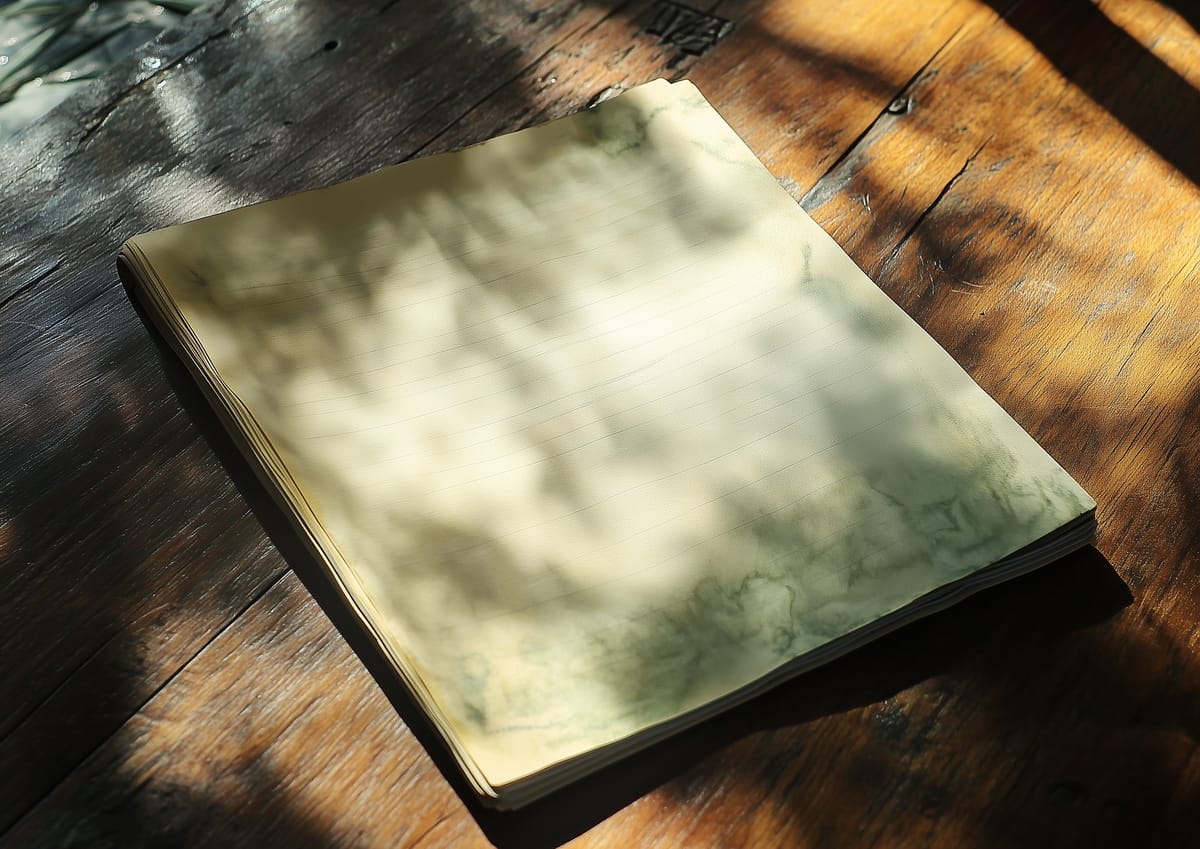
Turn a blank canvas into your next masterpiece: A step-by-step guide for artists
How to find inspiration when staring at a blank page or canvas
Facing a blank page or canvas can feel overwhelming for any artist. The empty space seems to demand brilliance, yet inspiration may feel elusive. It’s a common experience for creatives — hitting that mental block where inspiration seems to vanish. But fear not because developing an art concept doesn’t have to be daunting. With the right approach, you can jump-start your creativity and turn that blank page into your next great idea.
Here’s a step-by-step guide to help you transform hesitation into action and creativity.
1. Start with a theme or emotion.
Before you pick up your pen or brush, take a moment to think about what you want your art to convey. Do you want to explore a specific emotion like joy, sadness, or curiosity? Or is there a theme, such as nature, identity, or movement, that fascinates you? Themes and emotions can be a strong foundation for any piece of art and give your work direction from the start. For instance, if you’re feeling a sense of wonder or excitement, your theme could revolve around exploration or discovery.
Quick Tip: If unsure, brainstorm a list of words or phrases that come to mind when you think about your current mood or surroundings. Let your subconscious guide you to an underlying theme.
2. Gather visual inspiration.
Once you have a theme in mind, it’s time to feed your creative brain with visual inspiration. This can come from various sources: nature, architecture, photography, or even random objects around your home. Take a walk outside and observe the shapes, textures, and colors you encounter. Or browse art and photography websites like Pinterest, Instagram, or online galleries for images that resonate with your theme.
Quick Tip: Create a mood board or collage with cutouts from magazines or printouts of images that inspire you. This will serve as a visual reference when you start working. For example, if your theme is "urban life," your mood board might include photos of bustling city streets, graffiti art, architectural details, and portraits of diverse people.
3. Sketch freely — don’t worry about the final result.
Now it's time to move your hand. Often, the pressure to create a perfect piece on the first try can stifle creativity, so permit yourself to sketch freely. Doodle lines, patterns, or forms that come to mind without worrying about how polished they look. Drawing without judgment lets you warm your mind and break through mental blocks.
Quick Tip: If you’re struggling with what to sketch, set a timer for 5-10 minutes and make quick, loose drawings based on your mood board or random shapes. These sketches don’t have to relate directly to your final idea — they're meant to loosen up your creativity.
4. Experiment with materials and techniques.
If the blank page still feels overwhelming, change your approach by experimenting with different materials or techniques. Use charcoal, watercolor, ink, or digital tools if you usually work with pencils or acrylics. Sometimes, using a new medium can spark ideas and lead to unexpected discoveries.
Quick Tip: Pick a material you haven’t used in a while and create a small test piece. Play with textures, blending, and layers to see what effects you can create. For instance, try layering watercolor washes over ink drawings or experiment with different brushstrokes in acrylics.
5. Combine your favorite elements.
By now, you’ve gathered ideas, explored themes, and played with various techniques. It's time to pull everything together. Review your sketches, mood board, and experimental pieces, and ask yourself which elements resonate most. Does a particular pattern, color scheme, or shape stand out? Combine these favorite elements to form a cohesive idea for your artwork.
Quick Tip: Use a fresh piece of paper to start outlining your concept. This could be a more detailed sketch, a color palette, or a simple composition that integrates your favorite elements.
6. Add meaning through symbolism or metaphor.
To make your art more compelling, consider adding layers of meaning through symbolism or metaphor. This can deepen your work without needing to be overly complex.
How to use symbolism effectively:
- Understand your theme: What ideas or emotions do you want to express?
- Research symbols: Explore how different cultures or historical periods have used symbols. Resources like books, museums, or online collections can be helpful.
- Think beyond the obvious: While some symbols are universally known (e.g., a dove for peace), challenge yourself to use unexpected symbols that resonate with your theme.
- Use subtlety: Let symbols support your artwork without overwhelming it. Consider color, composition, or object placement.
- Consider your audience: Interpretations of symbols can vary, so keep in mind how your viewers might perceive them.
Examples of symbolism in art:
- Nature: Flowers, trees, or animals can represent growth, decay, or interconnectedness. A wilting flower could symbolize loss or the passage of time.
- Colors: Red may convey passion or danger, while blue often represents tranquility or sadness.
- Objects: Keys, broken mirrors, or empty chairs can symbolize opportunity, misfortune, or absence.
- Geometric shapes: Circles suggest wholeness or eternity, while triangles might symbolize strength or balance.
Quick Tip: Create a "symbol dictionary" to refer to when developing ideas. This could be a page in your sketchbook or a digital collection where you gather images and notes on symbols related to your theme.
7. Don’t be afraid to iterate.
Creativity often comes in waves; your first concept might not be your final idea. Don't hesitate to revisit, tweak, or completely alter your concept after you've started. Many artists find their best ideas emerge from iterations and revisions rather than the first attempt.
Quick Tip: Step away from your piece and return to it with fresh eyes. Sometimes, a short break is all you need to see where your idea could evolve.
8. Trust the process.
The most important part of overcoming the blank page is trusting that the process will lead you somewhere new. Creativity isn’t always linear, and it's okay to have moments of uncertainty. You'll gradually uncover your next big concept by taking small steps and allowing yourself the freedom to explore.
Quick Tip: Embrace imperfections along the way. Each mark, mistake, or stray idea can lead you closer to the final artwork that feels right.
Ready to tackle the blank page?
Now that you have a step-by-step process to jump-start your creativity, it’s time to turn that blank page into your next masterpiece. Remember, developing an idea isn’t about instant perfection but exploration, experimentation, and play. Whether you're an experienced artist or just beginning, these steps can help you move from hesitation to inspiration.
So grab your sketchbook or canvas, gather your materials, and start creating! Who knows what brilliant concept will emerge from that first mark on your page?
